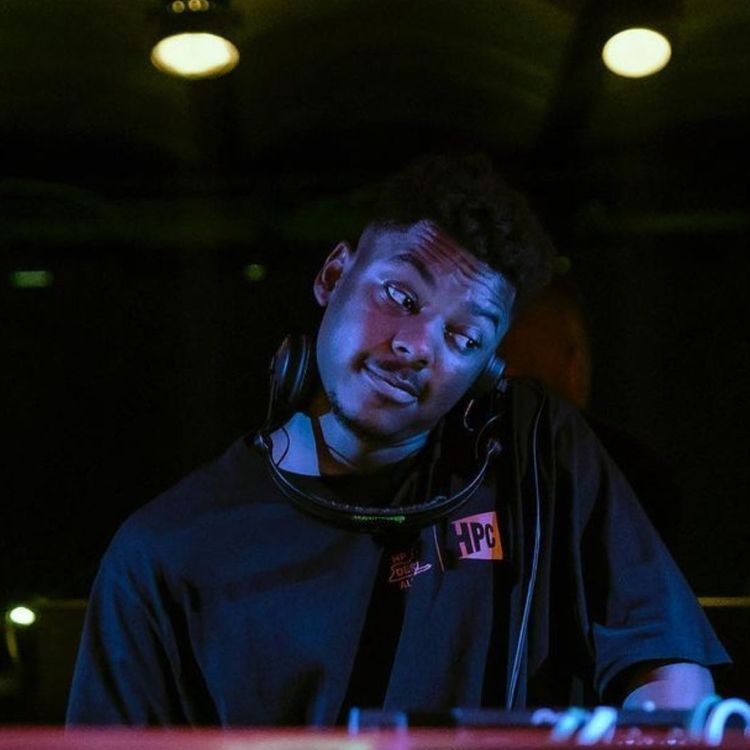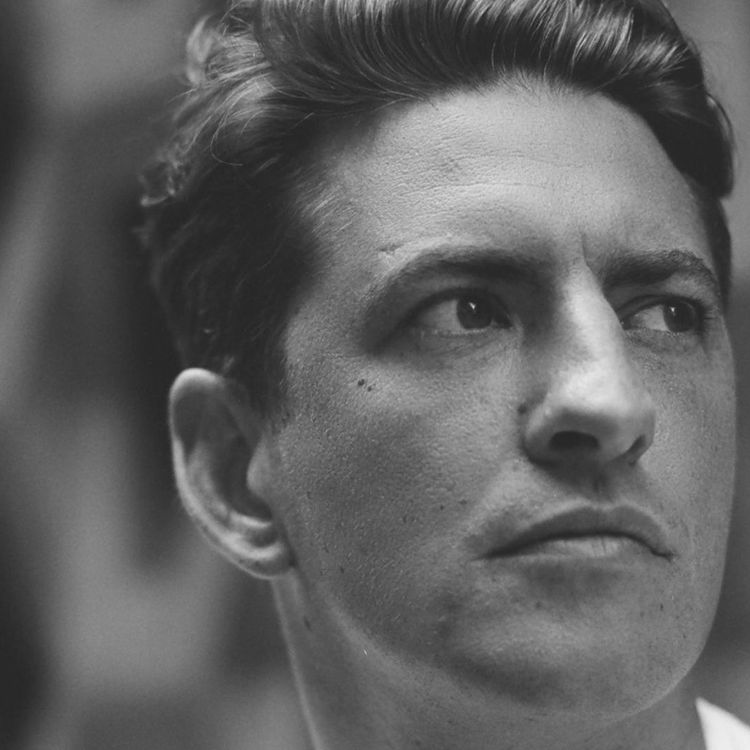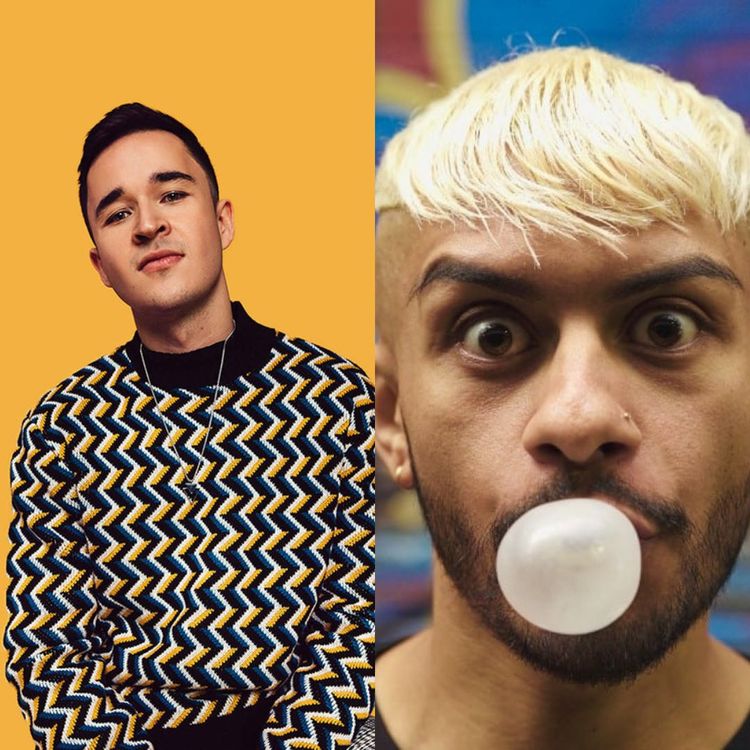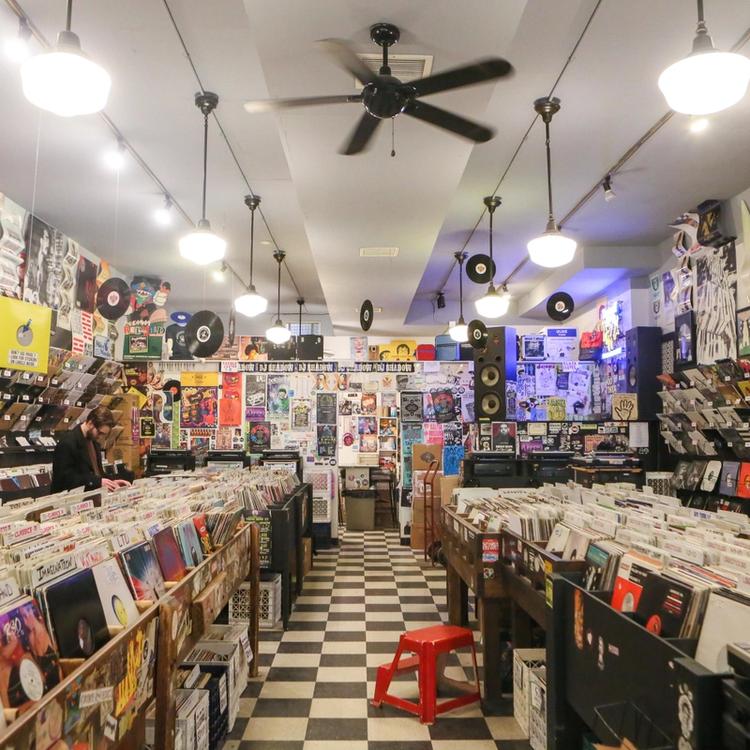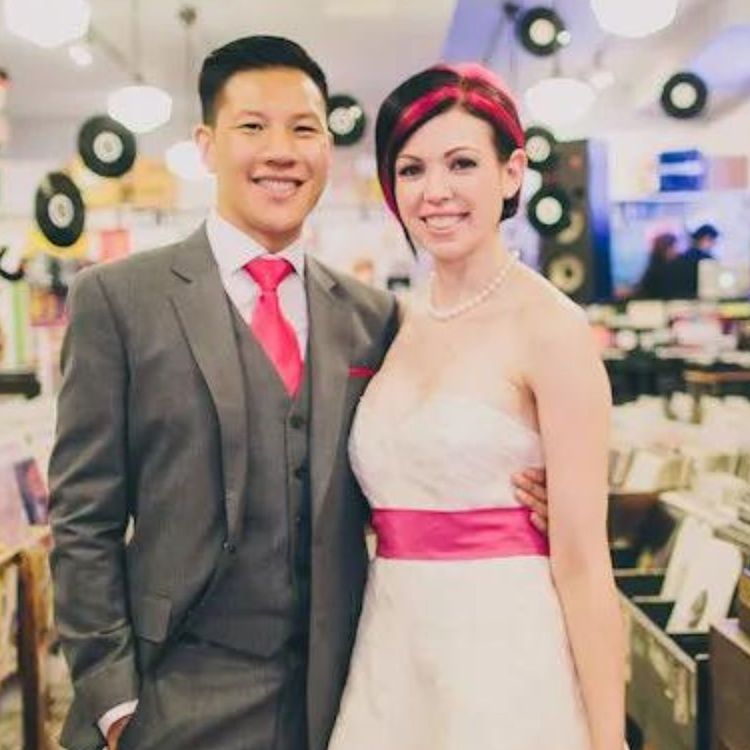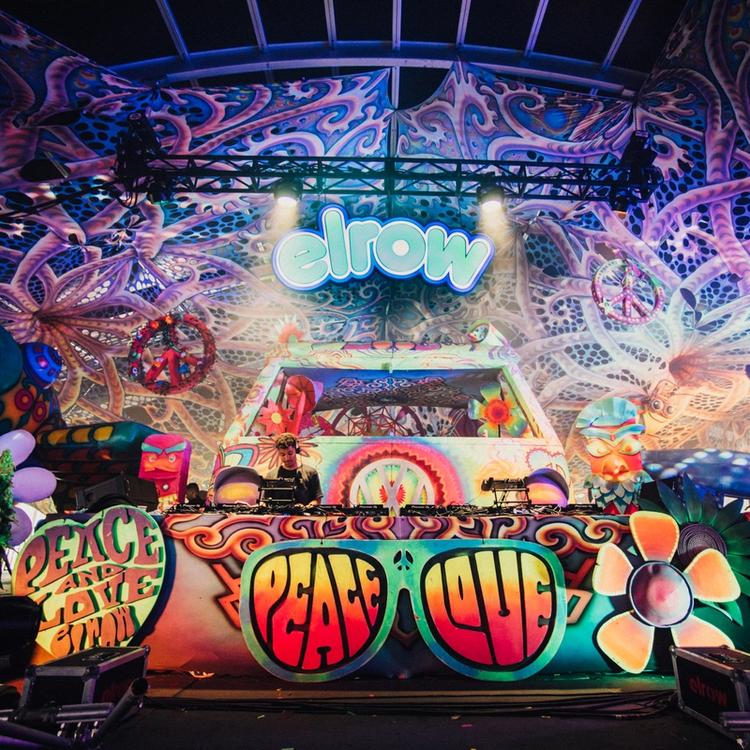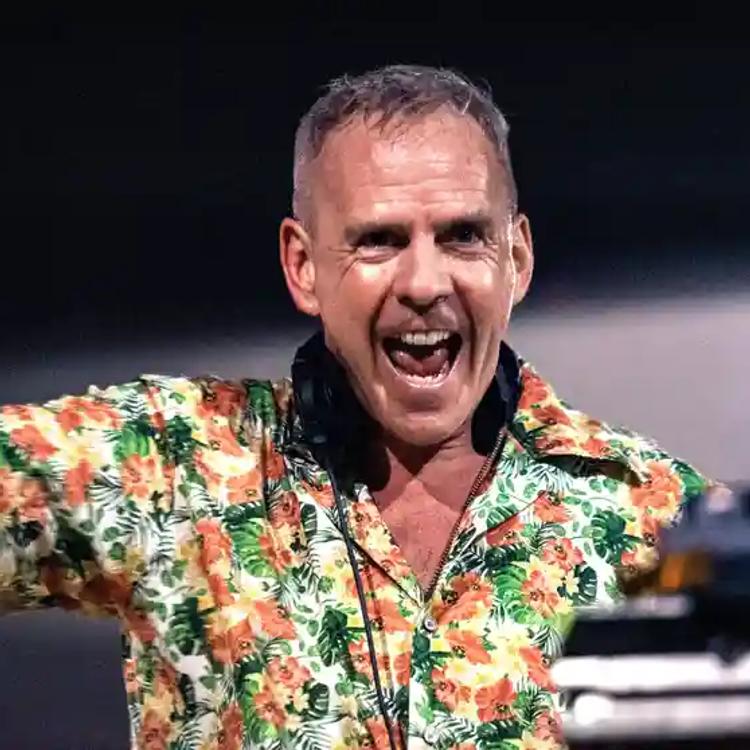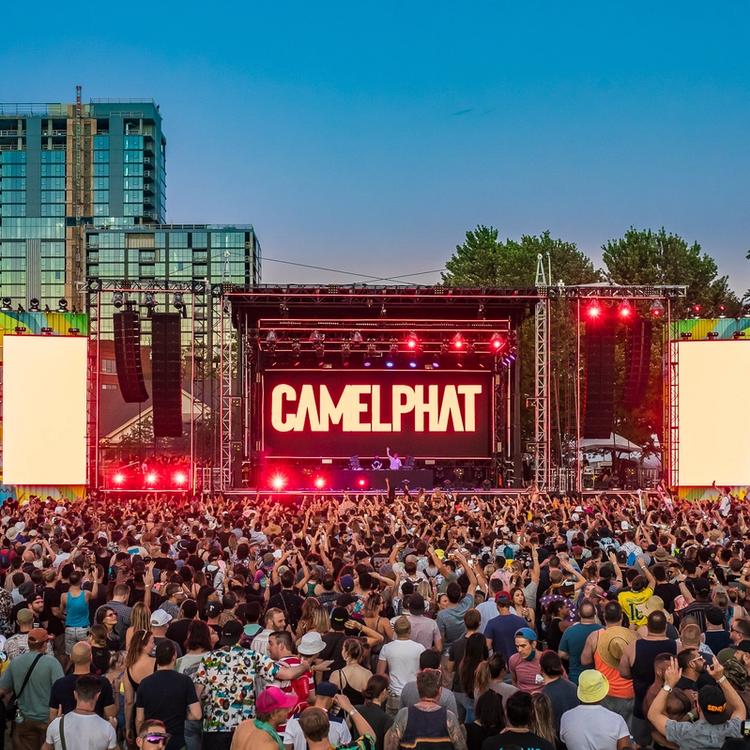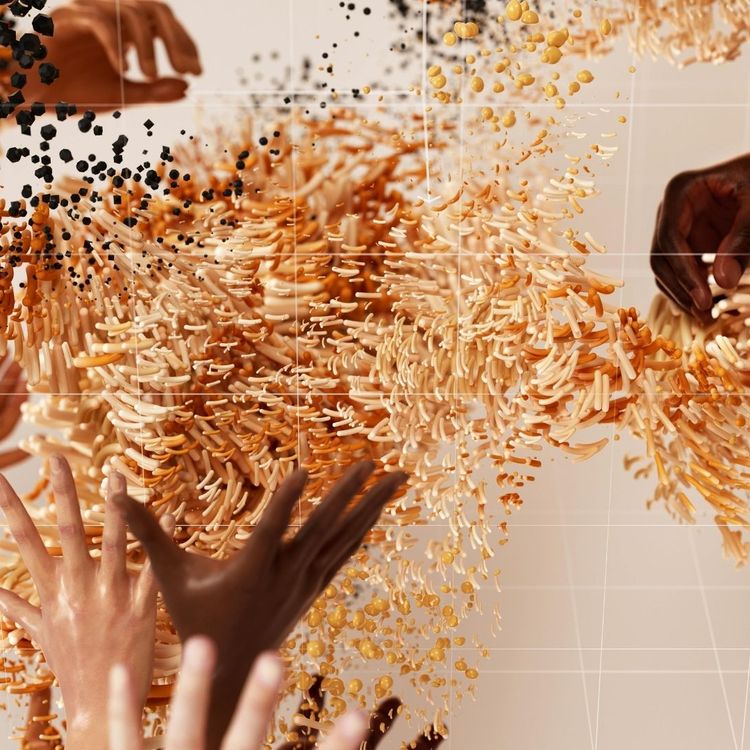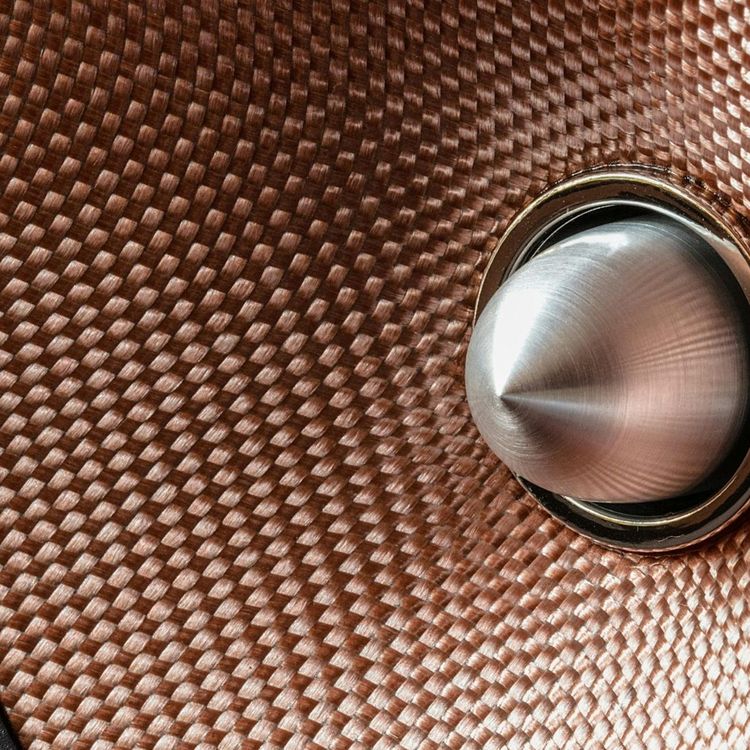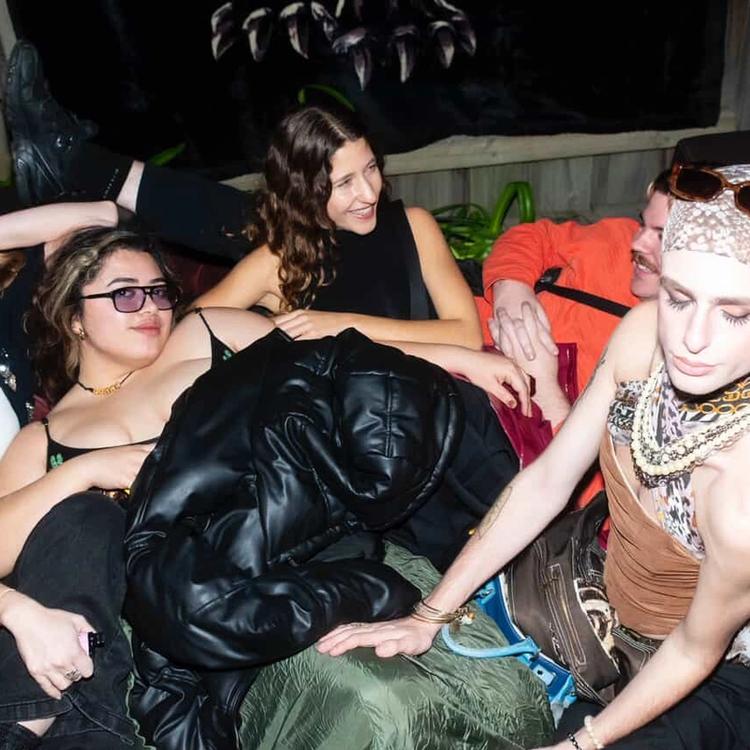From Dubstep to Disco and Back: Skream Stays on the Forefront of Dance Music
One of the UK’s most notable and long-admired DJs and producers, Oliver Dene Jones, aka Skream, enjoyed the type of pandemic productivity many could only dream of.
Over the course of lockdowns throughout 2020 and 2021, the multi-genre dubstep-turned-disco DJ and producer created a whopping 220 tracks, on top of establishing his own, inaugural label, IFEEL, which became the creative launchpad for self-produced tracks such as “Trees” and “Chester’s Groove” (remixed by Berghain resident Norman Nodge).
Though quarantine served as a catalyst for the latest era of Skream’s prolific career, the South London native has a unique origin story more than two decades in the making. So, who is this artist whose sonic influence has reverberated throughout vast world of dance music?
Skream, now 36, began as a bedroom DJ at the age of 11. He would break into his brother, DJ Hijak’s, room to fiddle with his turntables before eventually experimenting with music production equipment at his stomping grounds, Big Apple Records, in Croydon. It was “all fun and games,” at the start, but by the age of 13, he knew he was destined to be producer. By 14 or 15, his tracks had begun making their way through the sound systems of local London clubs.
“There was a really famous party that had just started called Forward. It was also the first time that I heard one of my songs in a club,” Skream told Billboard in a 2021 interview. “It was the icing on the cake for me that was like, ‘This is what is what I want to do.’”
Skream’s career can be characterized as one that’s always been on the vanguard of musical movements, encompassing the entire arc of the electronic dance music industry. He was on the leading edge of the dubstep movement in the mid-aughts, paved the way for the transition to a more underground (yet still commercially appealing) house and techno sound in the early-2010s, and more recently, has even leaned into the nu-disco revival.
Early in his career, Skream’s ability to flex cross-genre led to a slew of opportunities. Following the launch of one of his biggest releases, Midnight Request Line, in 2005, Skream found success across multiple musical categories, collaborating with notable grime artists, Wiley and Skepta, and adding his dark, dubsteppy DJing flare to remixes for songs like La Roux’s “In for the Kill.” In 2006, he began a stint on London–based Rinse FM. The community-based station has long remained ahead of the curve in urban and underground music and Skream’s weekly show quickly gained notoriety around Britain and beyond, cementing his place in the burgeoning dubstep spotlight.
In 2007, a new project emerged. Skream combined forces with producers and DJs Benga and Artwork (previously known as Menta), two artists he met during his Big Apple Record days. The trio embarked on a sold-out global tour in 2010 and released their eponymous album, which peaked at number 5 on the UK Album Charts in 2010 with the lead single, “spot.”
The project further skyrocketed Skream into electronic music prominence, and over the course of following years, the artist worked his way onto some of the most high-profile stages (including Berghain’s Panorama Bar and Printworks London) and into some of the most prominent electronic music institutions in the world, including contributing to Pete Tong’s 2013 Defected Records house mix.
But in the 2010s, yet again on the frontier of a new era for dance music, Skream verbalized the marked shift he was witnessing in EDM. In a 2013 interview with Fact, he left nothing to the imagination on his position of the evolution (read: dilution) of dance music.
“I can’t fucking stand EDM anymore,” he said, going on to laude artists like Seth Troxler and the newly-debuted Kaytranada for their roles in injecting real, deep, underground house more into the mainstream. “There’s a lot more interest in it, people are interested in good music again, and that’s good.”
And in the decade since, Skream’s career has evolved yet again, appealing to widening the fanbase eager to reconnect (or connect for the first time) with the soulful, powerful, and authentic roots of dance music. From a Saturday residency at Shoreditch Club’s XOYO to his consistent sets at some of Manchester’s mega-clubs, Skrea’s sound has shifted into a funkier, disco-laden style that’s caught fire throughout the UK and beyond.
“Manchester was the biggest fanbase in the country for a while,” he said in a video interview with The Warehouse Project, surrounded by shelves of sneakers (Skream is a self-described sneakerhead, who jokingly admits has tried to curb his obsession in recent years). In both a production and DJ capacity, Skream has continued to adopt the flare of disco and funk. Since the pandemic, he’s played prolific parties like Spain-based elrow, Manchester’s Parklife, and Glastonbury’s Lost Horizon.
With the world on the precipice of some semi-return to normalcy, what’s next for Skream?
For one, a continued focus on his label. "I wanted to create a label solely for my own productions, in any genre I feel like," he told EDM.com. "I also wanted to bring in artists that I really admire."
And that he did. Set to reunite with Benga in 2022, Skream is causing a lot of buzz about the potential for a fishhook back into his dubstep origins. But don’t expect this artist defined by mutability to be pinned down for long.
Follow Skream on Facebook | Twitter | Instagram | YouTube | SoundCloud | Resident Advisor


